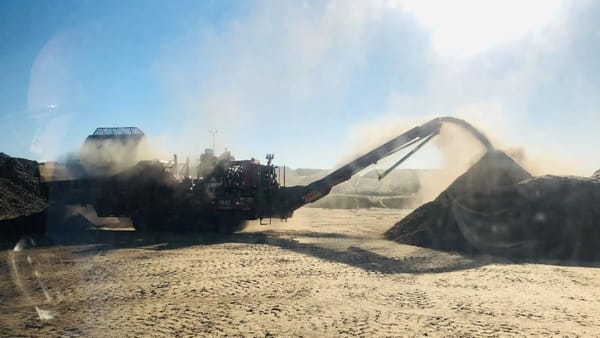Drought relief is no substitute for rain or understanding, farmers say
A $55 million state government relief package may help, but seeing Premier Peter Malinauskas out in the regions, listening, would do wonders.
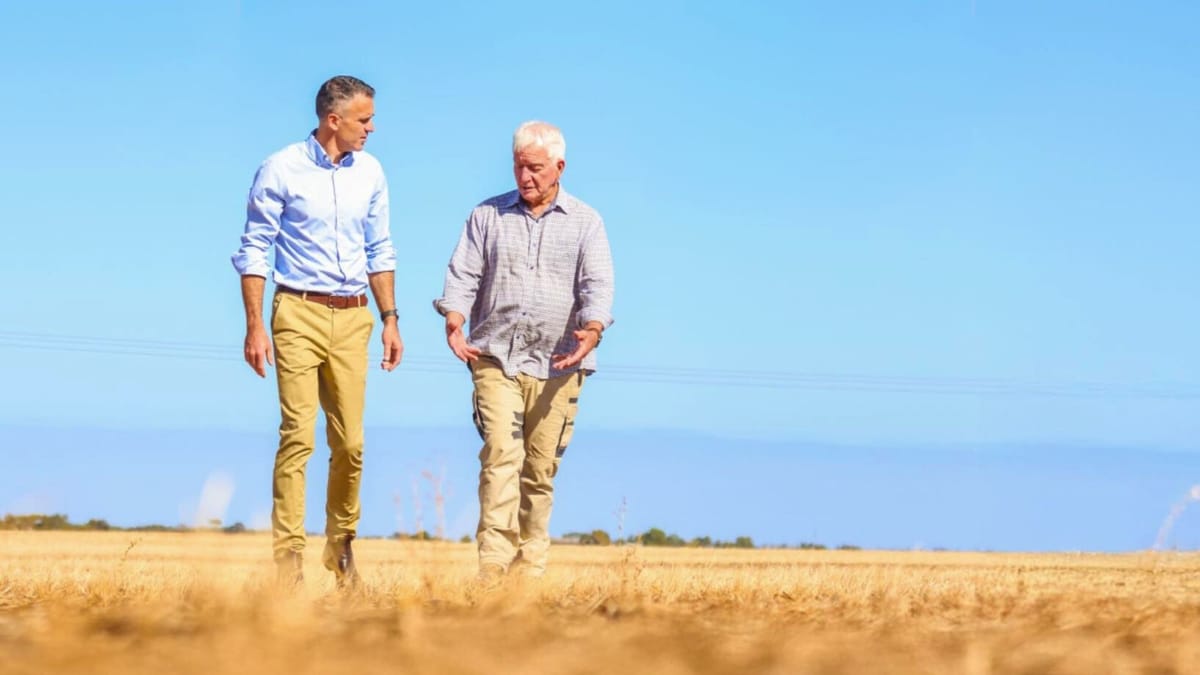
This story is free to read. Help Murray Bridge News tell more stories like this by subscribing today.
A $55 million drought relief package announced this week will do little to improve the fortunes of the Murraylands’ farmers, many say.
Premier Peter Malinauskas announced on Tuesday that the government would offer funds including:
- An extra $13 million for infrastructure grants, which have previously been paid as a rebate of up to $5000
- $4 million for charities willing to cart feed from interstate
- $2.5 million for standpipes
- $1 million for rural financial counselling
- Rebates on emergency services levy and vehicle registration costs for Farm Household Allowance recipients
Rural small businesses, sporting clubs, event promoters and school students will also be able to access pools of funding; and $21.9 million will be spent helping farmers get ready for future droughts and the electronic ID tag roll-out for livestock.
“We cannot make it rain, but we can take practical action to support our farmers and help prepare them for the next drought,” Mr Malinauskas said.
That was well and good, several farmers told Murray Bridge News, but locals needed help right now.
Dale Farley and his family grow crops and run 7000 ewes and a few cattle off the Mallee Highway at Jabuk.
They hadn’t made a dollar from cropping last year, he said, and they had built their own feedlot just so they could finish enough lambs to meet their “astronomical” input costs, plus pay for seed and fertiliser for next year.
Three employees were out feeding sheep three days a week at the moment.
“It’s s***. That’s the guts of it.”
“This is the worst drought in a decade,” he said.
“You talk to some of the old-timers and they’ve never seen anything like this.”
Infrastructure funding wouldn’t help, he said – after all, you had to spend more money to access it.
He wished Mr Malinauskas would spend more time in regional SA, listening to farmers.
“Farmers don’t want a hand-out, they don’t mind battling … they just want to be seen,” he said.
“With the amount of money we put into the economy, we don’t get a voice.”
Matthew Paech, a fifth-generation farmer at Palmer, shared similar criticism after a similar experience.
His family sold only two truckloads of grain last year and kept the rest for their sheep; and they got nothing back from the 500 acres of hay they had planted.
“At the moment both myself and my father are spending a vast majority of our week feeding and carting water,” he said.
“There’s nothing left in any of our paddocks for the sheep to eat.”
“We’d be going through upwards of four tonnes of barley, around 20 bales of hay – almost all of which we had to buy in – and 30,000 litres of water a week.”
He welcomed the state funding for standpipes and fodder, but guessed a lot of the other funding wouldn’t help immediately.
“The grants may help us for drought in the future, but we also have to spend money we may not have,” he said.
“I’m in a position I am able to pick up some work in my other field to keep some money coming in, however not everyone has this luxury.”
Anyway, he suggested that some farmers were too proud to accept donated hay, believing that there was always someone else who needed it more.
Others put their hands out even if their needs were not as desperate.
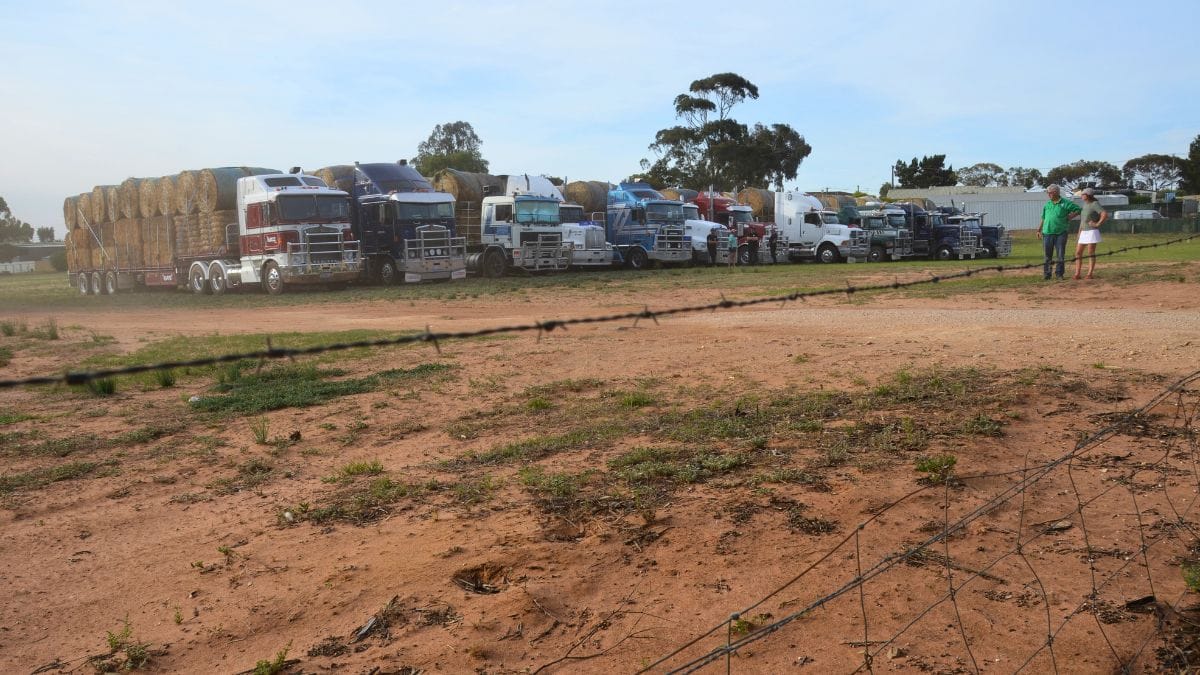
Another Mid Murray farmer, who asked not to be identified, argued that handouts were actually propping up farmers whose enterprises were marginal at best.
“It shouldn’t be a charitable thing to feed your sheep,” he said.
“If they can’t afford to feed their sheep, they should be selling … they’re worth good money.”
By the same token, he said, charity hay drives increased scarcity and driven up prices for everyone else.
He welcomed the extra financial counselling announced this week – maybe it would force those who had been unprepared for the drought to take a serious look at their business plans.
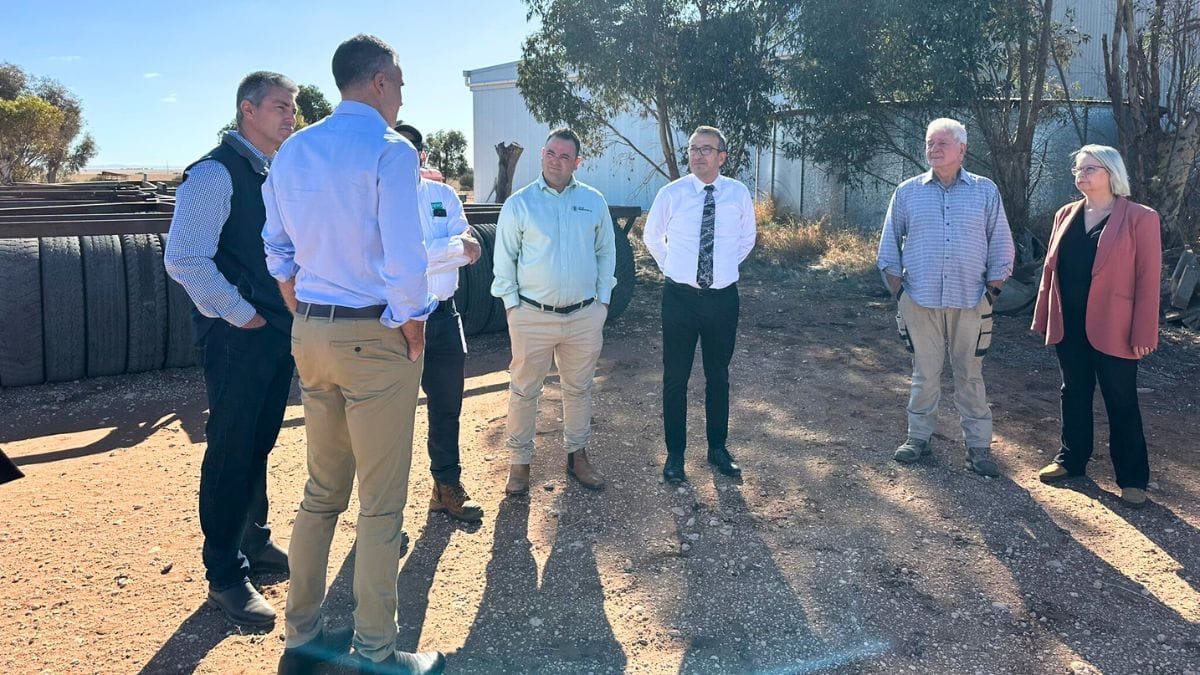
Other farmers described Tuesday’s funding announcement as a “joke” or a “slap in the face”.
Compared with the rumoured $50 million cost of a proposed upgrade to the North Adelaide Golf Club, Kat Bibby described the drought funds as nothing more than “marketing for the election”.
If the government wanted to make a difference, it would declare a state of emergency, she said.
Brad Kleinig described the state government as “clueless”.
The farm household allowance was not worth applying for, he said, and farmers couldn’t spare the money they would need to spend to access the infrastructure funding.
The government had previously announced $18 million worth of drought relief in November – funding which was also described as too little and too late at the time.
- Access drought relief: Visit www.pir.sa.gov.au or call PIRSA on 1800 931 314 from 9am-5pm on weekdays. For the farm household allowance, visit www.servicesaustralia.gov.au.
- Get help with finances: Contact Rural Business Support on 1800 836 211.
- Get help with mental health: Talk to your GP, call Beyond Blue on 1800 650 890, or visit ifarmwell.com.au or areyouboggedmate.com.au.
Peak bodies welcome funding
Aussie Hay Runners, the organisation which delivered 2100 bales of hay to South Australian farmers last November, welcomed the funding announcement.
Founder Linda Waddup said her team would contact all primary producers who had previously registered with them, and would offer another opportunity to register for hay in the near future.
The organisations representing SA’s $18.5 billion agricultural sector also welcomed the relief.
Primary Producers SA CEO Simon Maddocks said it was much-needed.
“This package provides important support for primary producers currently facing significant challenges, but also recognises the importance of small businesses in regional communities which may also need to be supported at this time,” he said.
“We look forward to continue working with government to ensure effective and timely delivery of these initiatives.”
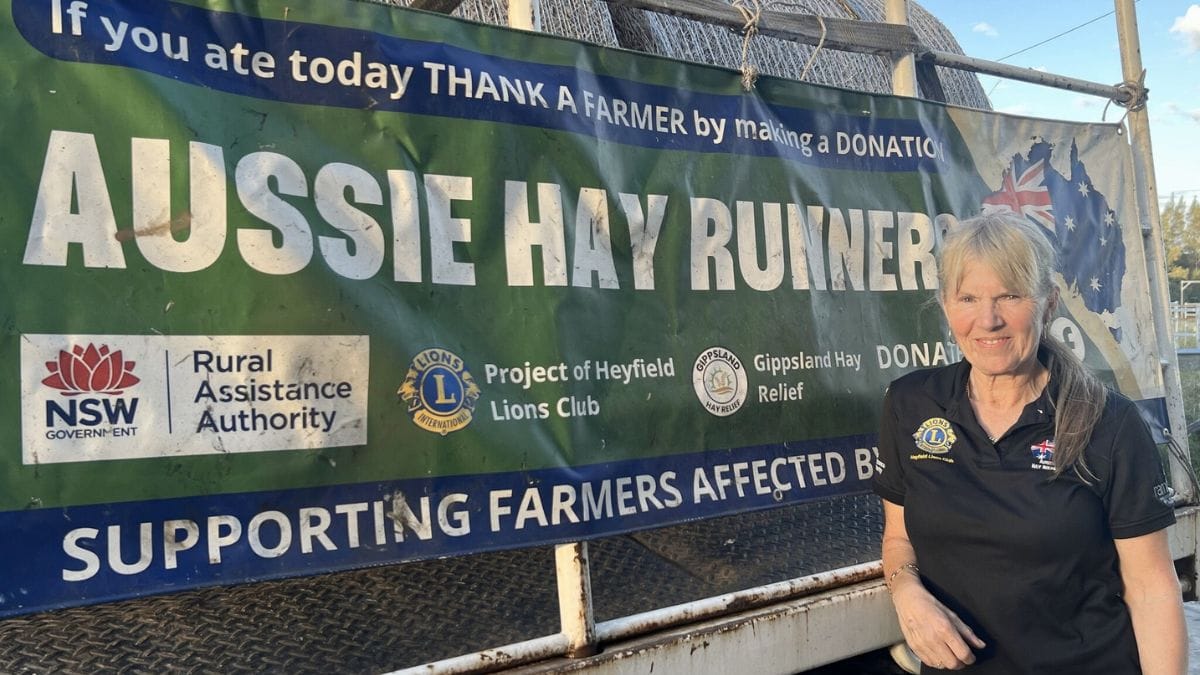
Grain Producers SA chair John Gladigau commended the government for listening to growers.
“We are encouraged by the government’s willingness to listen to the concerns of farmers and act,” he said.
“This is a positive step forward, but we must remain vigilant to ensure that this support evolves
alongside the ongoing needs of the sector.”
Livestock SA’s Gillian Fennell described the package as a significant step forward.
But she also cheered the hard-working producers around the state for their efforts to endure.
“Across the state, we’ve seen producers helping one another: sharing water, donating time and resources, and making sure no one feels alone in this,” she said.
“The resilience of our communities is remarkable, and with the right support, they’ll get through this and rebuild stronger.”
More could be done, Murraylands MPs suggest
More critical was state MP Nick McBride, who pointed out that too many farm families would be ineligible for ESL and rego relief, and that the funding application process was difficult and stressful.
“While overall this drought relief package is welcome, other, tangible supports such as rate relief through subsidies to councils, or no- or low-interest loans, would have helped the hip pocket of those doing it tough,” he said.
MP Adrian Pederick described the funding as “welcome, but very late in the piece”.
- More information about Aussie Hay Runners: www.facebook.com/aussiehayrunners.
Drought is not likely to break for a while yet
Meanwhile, dry conditions are likely to persist through the next few months, according to the Bureau of Meteorology’s latest long-range forecast.
Parts of Australia have had significant rainfall in the wake of Cyclone Alfred – one town in Queensland had 1600 millimetres in March, more than Murray Bridge has had in the past year.
But there is a 30-40 per cent chance that the Murraylands will have an unusually dry autumn.
Rainfall is likely to get closer to long-term averages over the period from May to July, according to the bureau, with falls of between 50 and 200mm across our region.
That’s a wide range, but more than we’ve had lately.
Murray Bridge has had 139.5mm of rainfall over the past 12 months – that’s just three mil above 1967, which was the driest year on record.
Much of the Coorong district has had its lowest rainfall on record in the past year, and surrounding regions have experienced a severe deficiency.
There is a greater than 80% chance that daytime temperatures will be higher than usual through autumn.
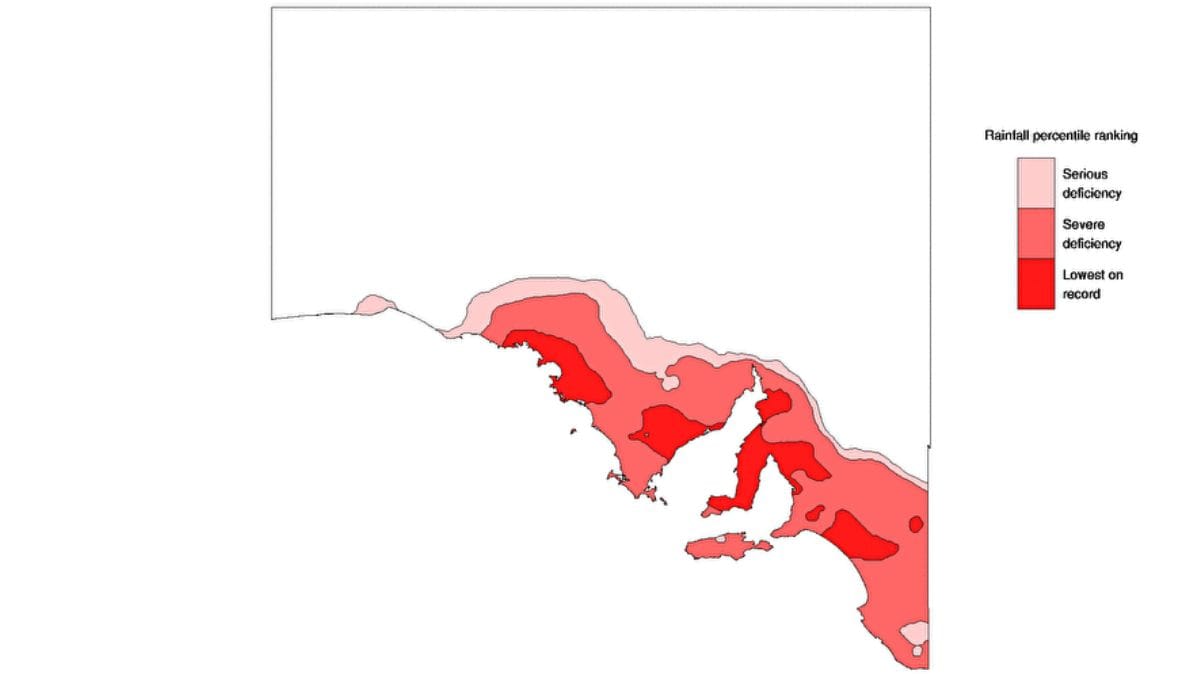
The dry season was a product of our changing climate, the bureau’s report suggested – sea surface temperatures around Australia during February were as high as they’d been for at least 125 years, and that was without an El Nino weather pattern being in effect.
Still, our region’s farmers will watch the sky with hopeful eyes.
What else can you do?
“I tend not to let the weather worry me, because you can’t control it,” Mr Farley said.
“But the last couple of months have been starting to worry me, looking at how much it is for hay and grain and to feed stock.
“When are we going to get this break?
“At the moment you can’t see that.”
That Mid Murray farmer had a different viewpoint.
After one of the driest periods in a century, he said, “there’s a 98% chance things will get better from here”.
- More information: www.bom.gov.au.
Correction: An earlier version of this story misquoted the number of sheep on the Farley property.



